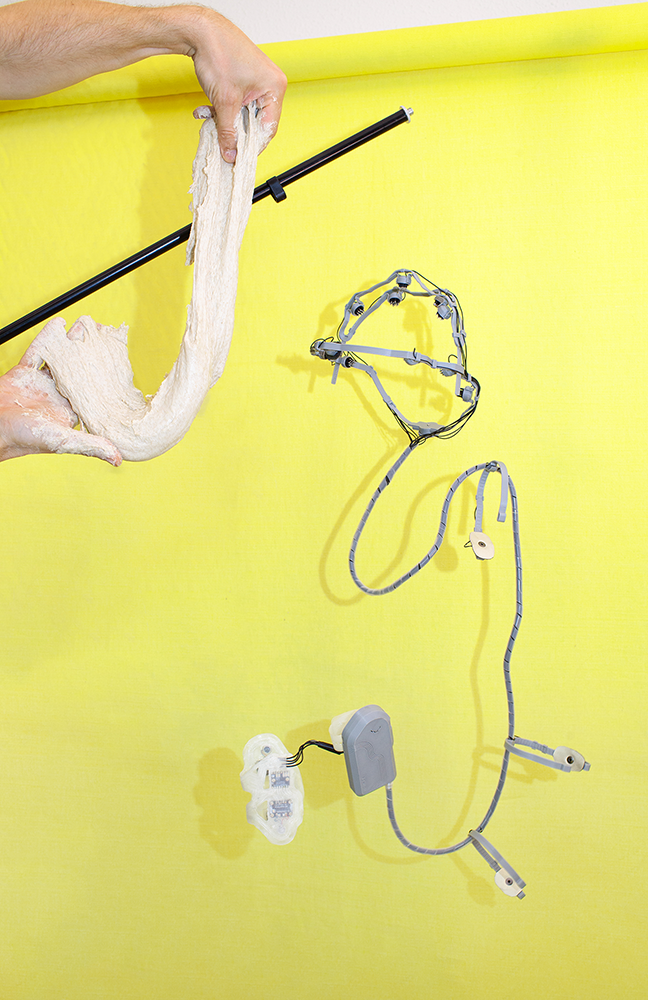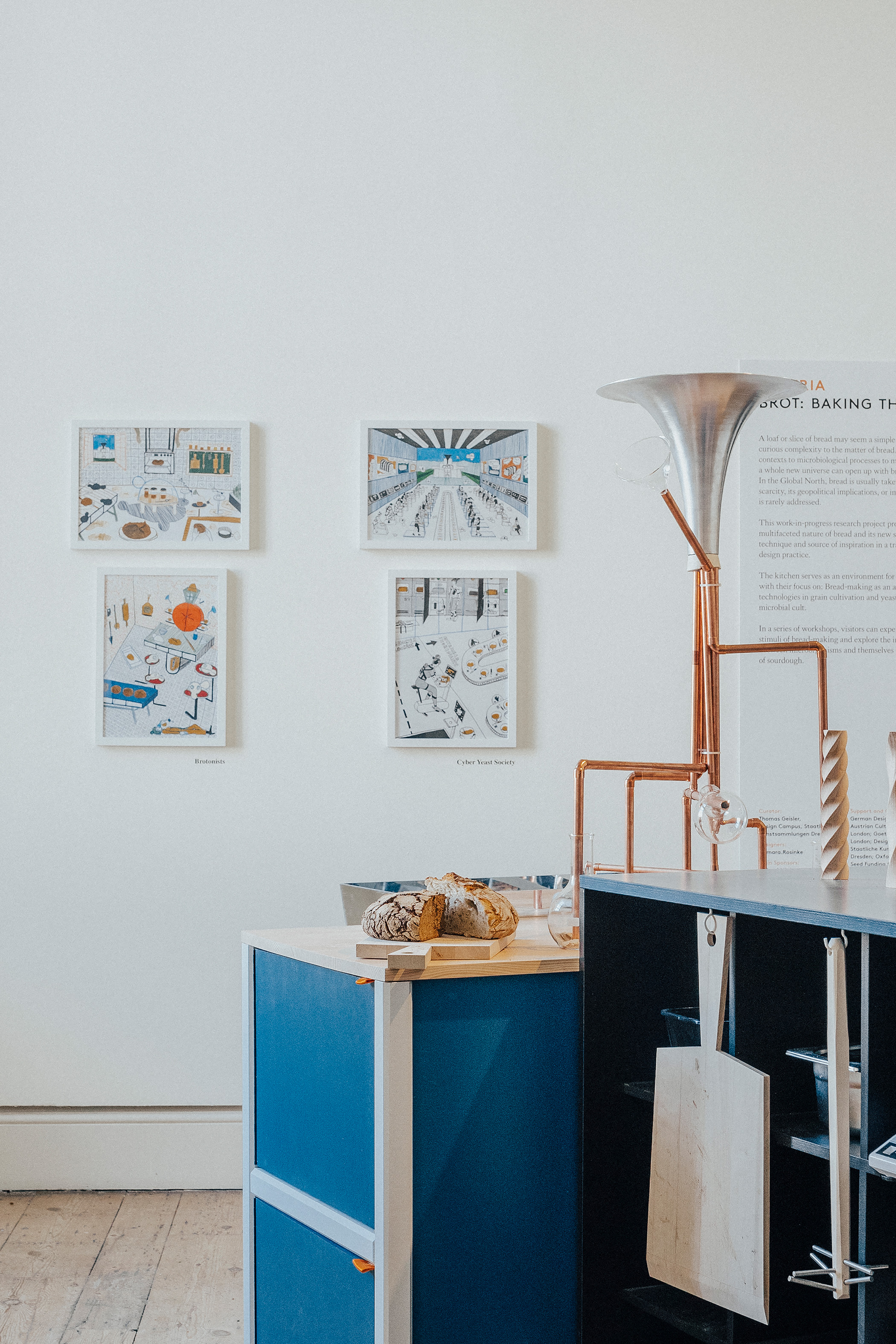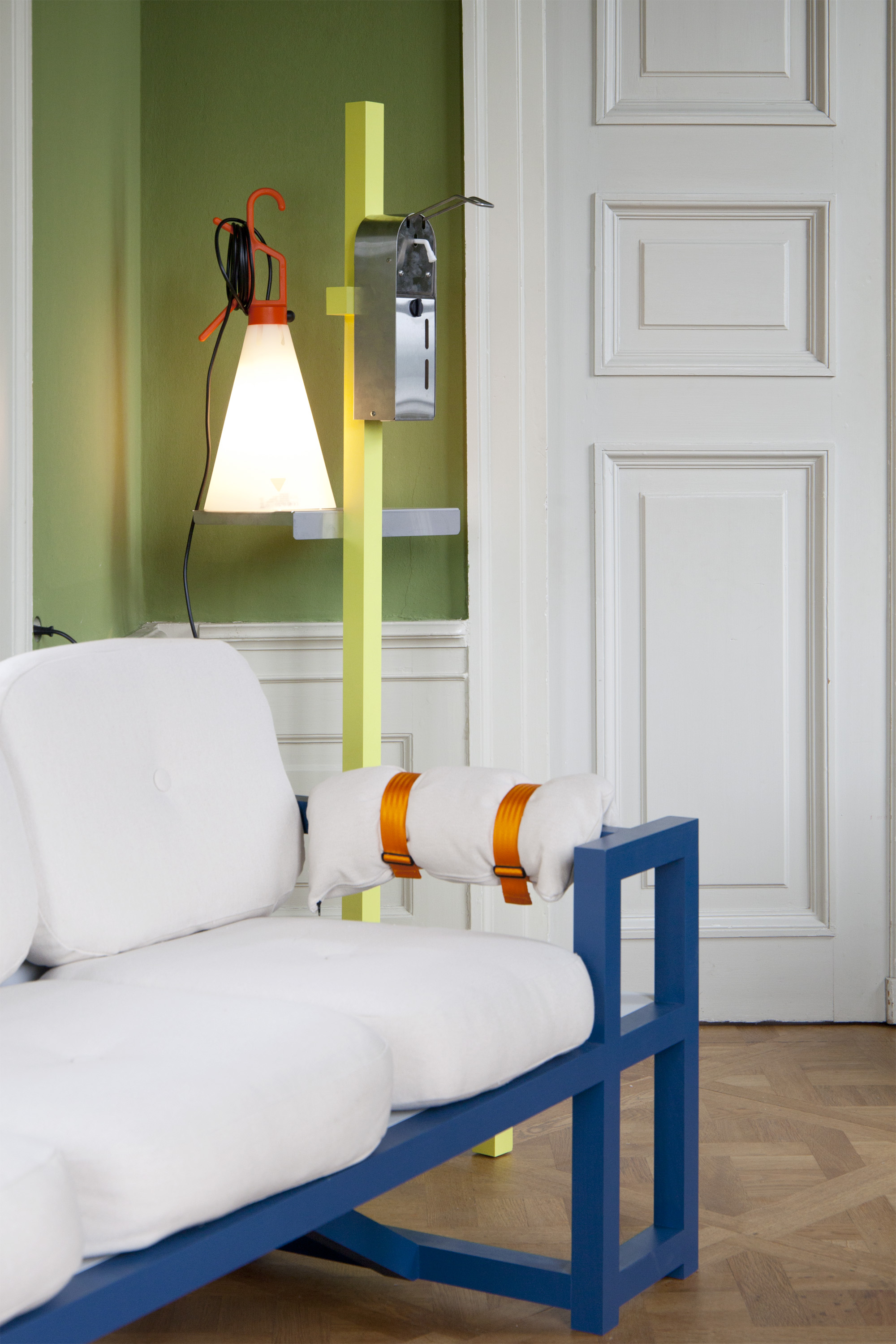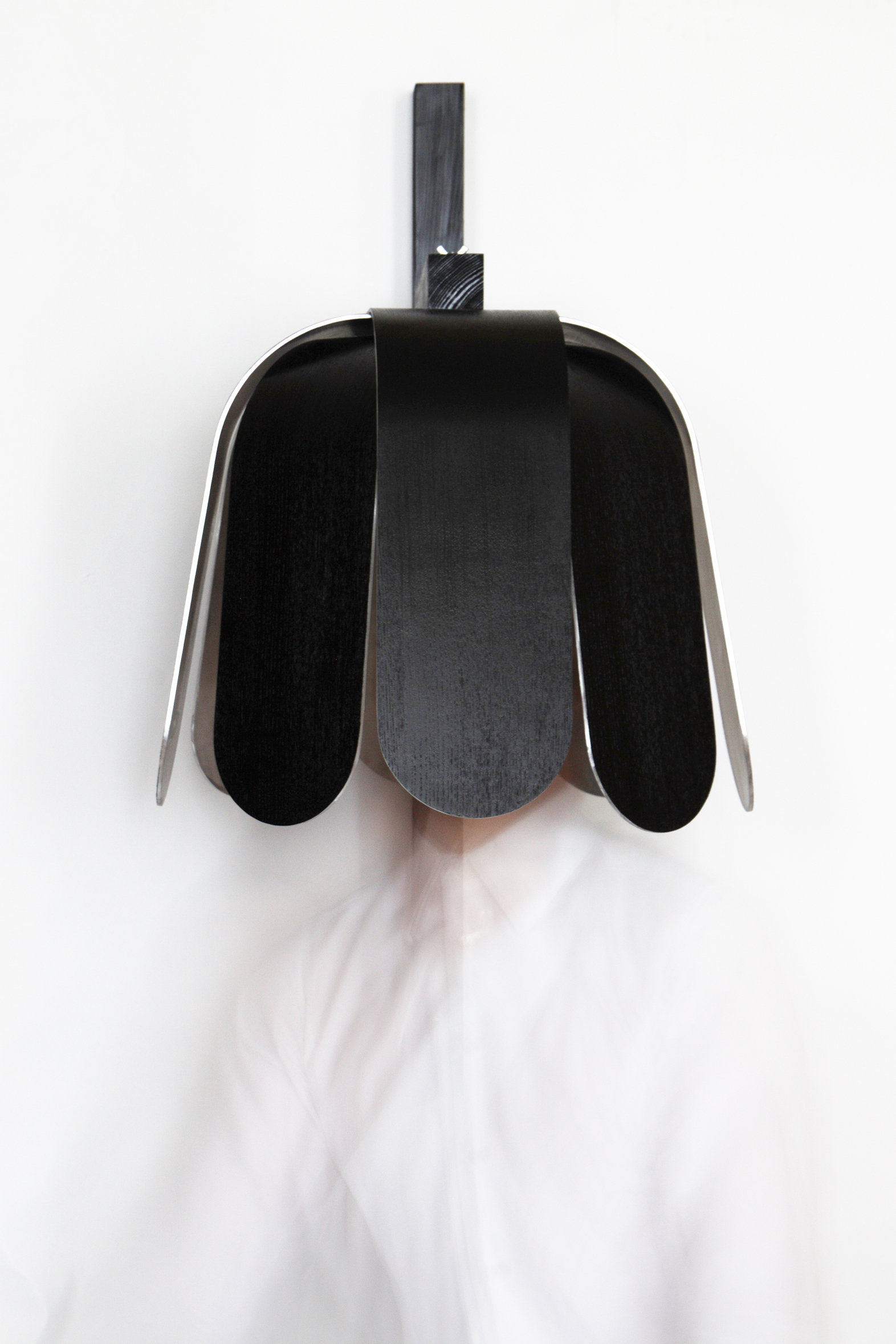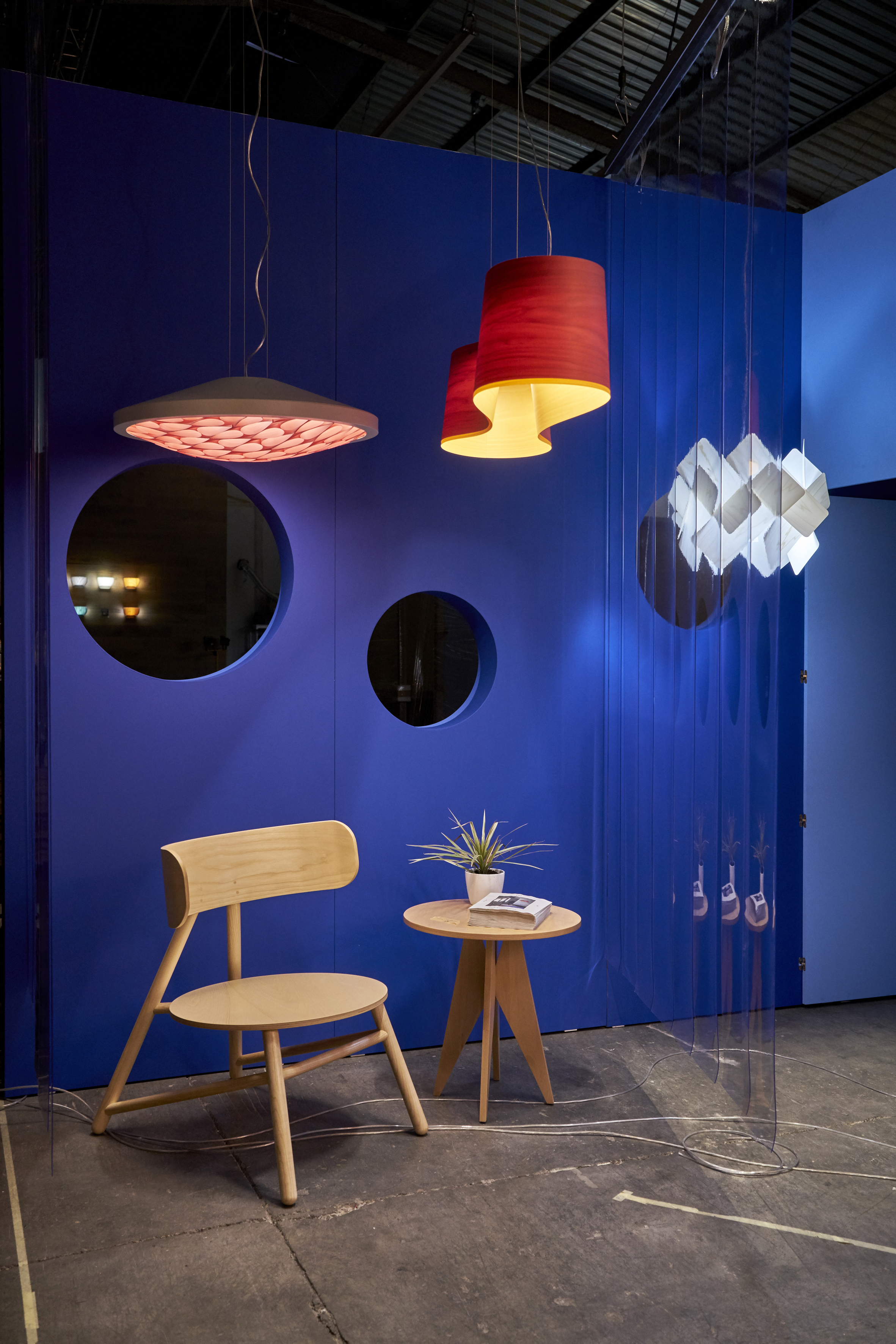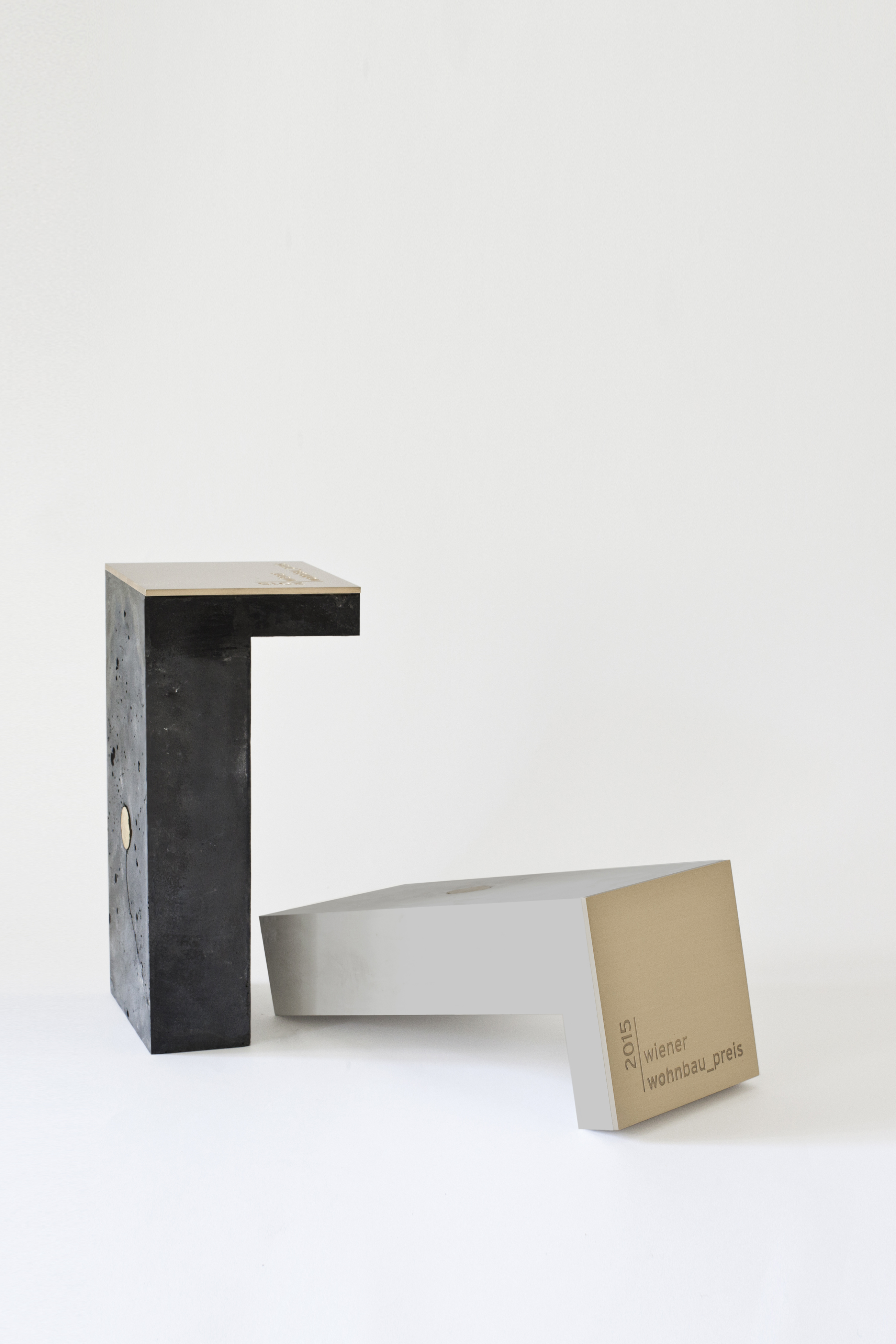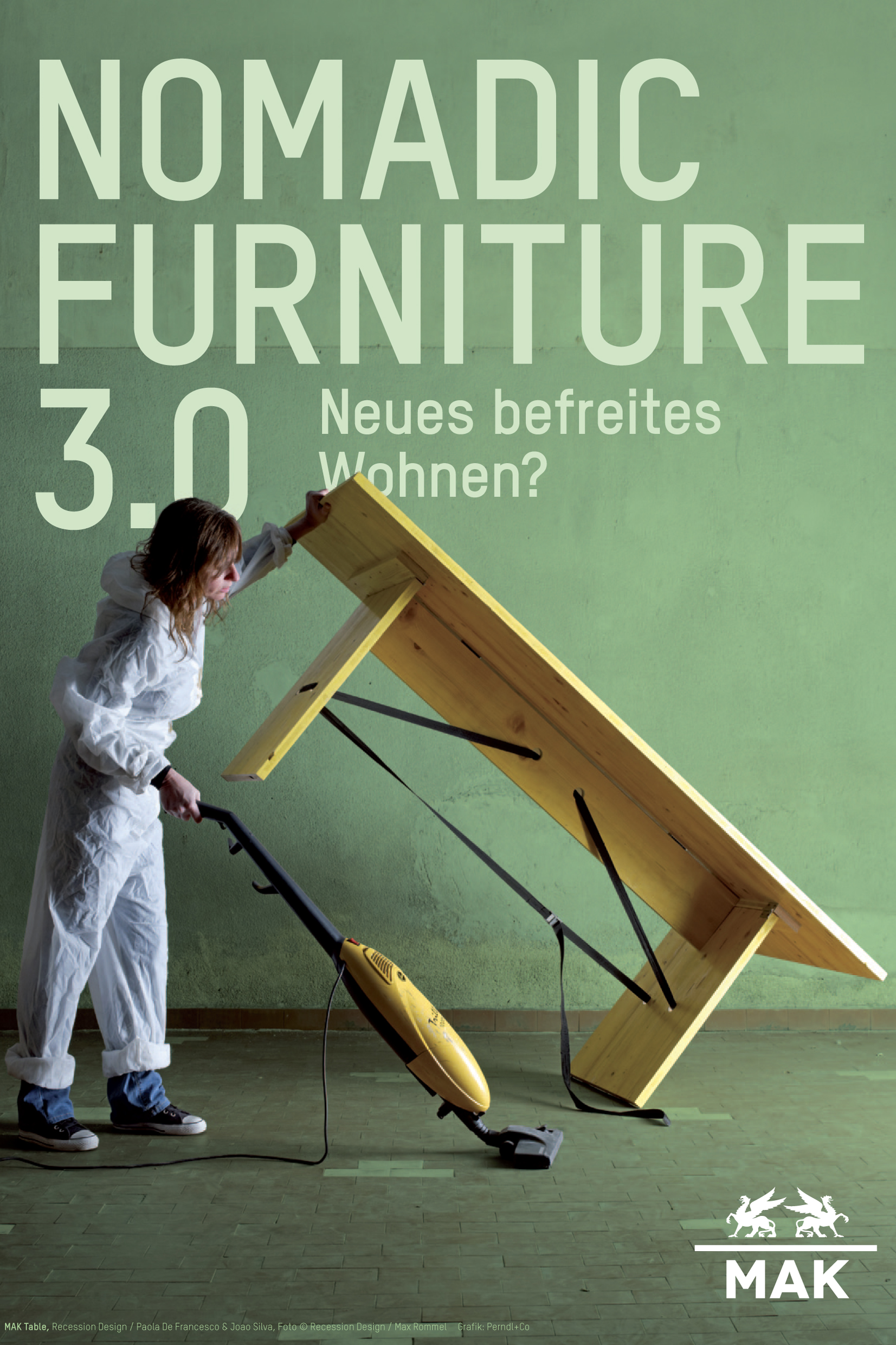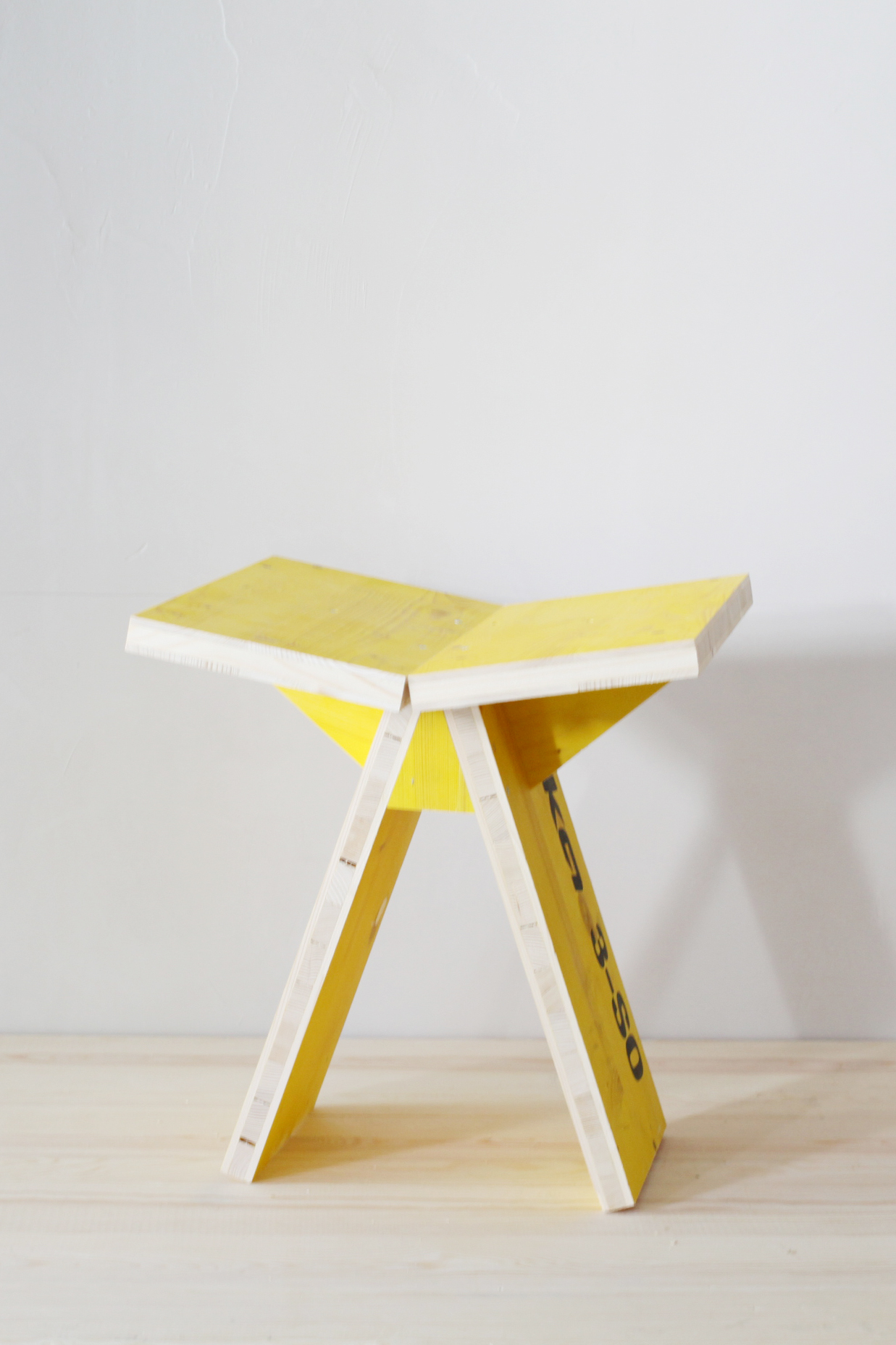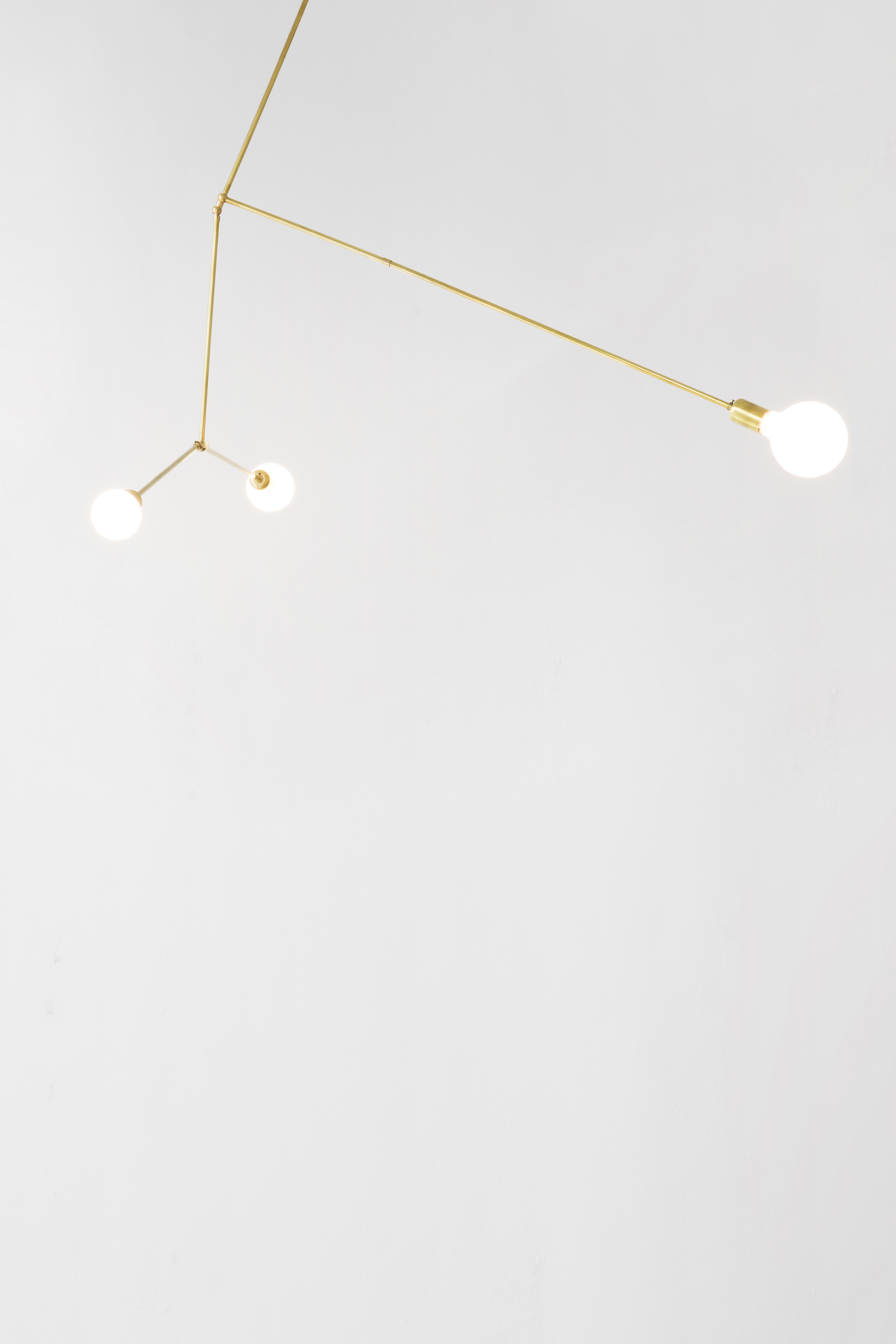Brot: Baking the future
Austrian Pavilion at London Design Biennale
1-25 June 2023
A loaf or slice of bread may seem simple, but there is a curious complexity to the matter of bread. From geopolitical contexts to microbiological processes to multi- sensory experiences, bread and bread making can open up a whole new universe and pathway for transformative design practices. Together with the curator Thomas Geisler, the design duo Chmara.Rosinke addresses and explores the complexity of bread in this year’s Austrian pavilion at the London Design Biennale 2023.
Bread is eaten daily in Austria and many countries around the world. This staple food is often a main source of nutrition. In the Global North, bread is usually taken for granted and food scarcity is rarely addressed – its geopolitical implications, or the impact on the social stability of individual countries.
In recent years, there has been a cultural surge around bread. Bakeries that look like sleek boutiques are popping up in urban areas, and home bakers are handling the subject of sourdough with almost scientific meticulousness, sparking a private war against the heavily industrialised production of bread. The psychological stress of the global pandemic lockdowns has only intensified the incipient hype of bread baking.
What can we learn from this complex and fascinating subject area in relation to the discipline of design? Education about fermentation is one – it has cultural and historical origins in bread and beer. This process is more widespread in the medical technology and food industry than we may think. In the form of precision fermentation, mankind is making even greater use of the capabilities of microorganisms and will revolutionise food and material production in the coming years. But above all, bread as a product and its production is emotionally charged.
The focus of the Austria pavilion is on the sensory experience of bread. The colour, shape, tactile properties, smell, and taste of a freshly baked loaf are just as important as the sensuality of the process. Dough processing and bread baking are multi-sensory experiences that have therapeutic qualities and can achieve a whole new significance in our time as a cultural technique and source of inspiration in a transformative design practice.






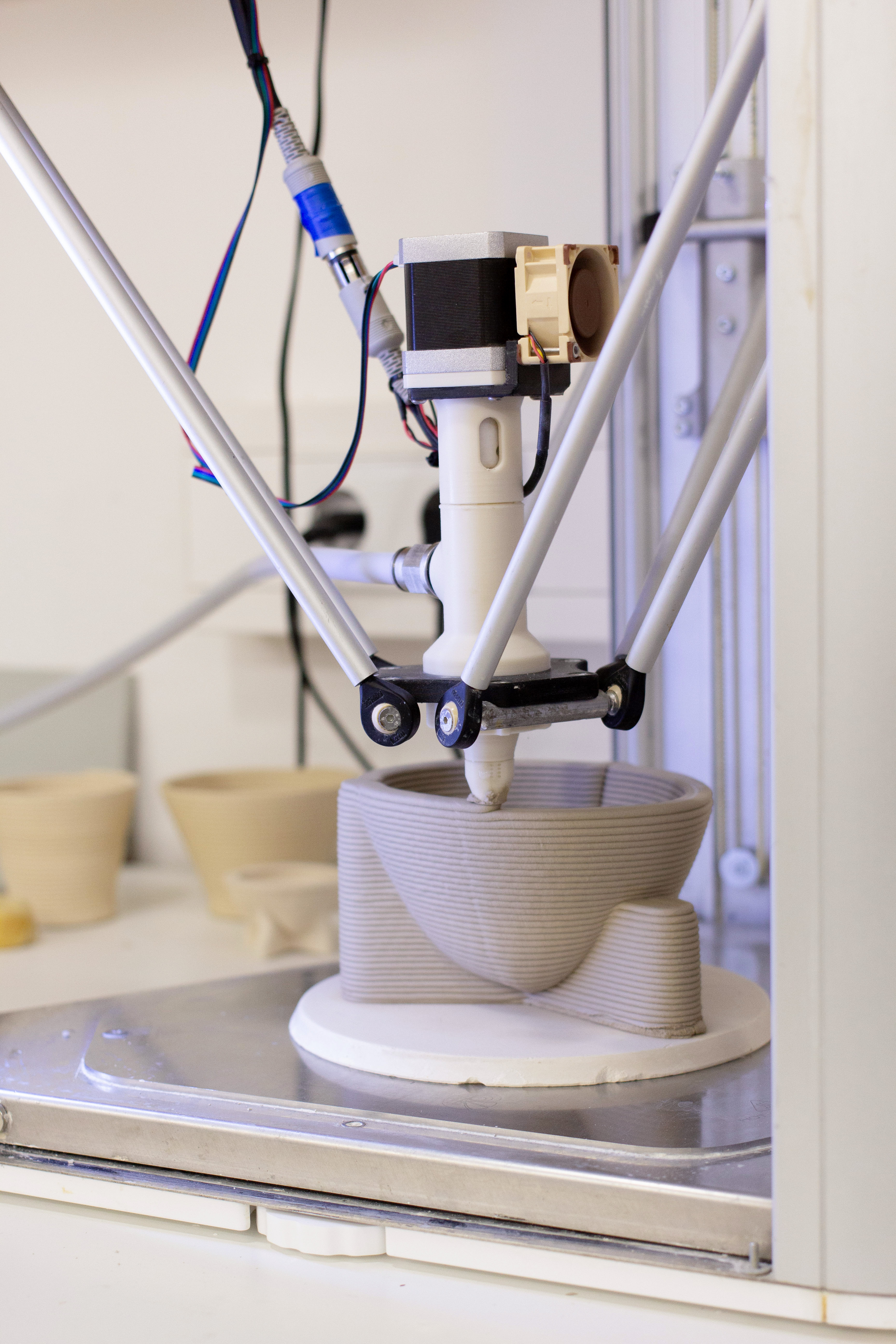



Three speculative scenarios :
Our society, culture and therein specifically architecture is based on the fact that mankind has started to bake bread and brew beer. The three speculative scenarios we show in the exhibition "BROT: Baking the future" are by no means dystopian visions of the future, but rather alternative realities that put our own existence and the use of bread in a different light.
1. Bakers and Gatherers
The "Bakers and Gatherers" are a technology-critical society who, in a world affected by climate change and pollution, see the only way to restore balance in the world, is in gathering the ingredients for their bread. They live in small societies of 10-15people, where each person plays an important role in the process of gathering as well as baking. They are also strict about not having too many children so as not to upset the balance. The breads are seasonal and are prepared with water harvested from birch trees and thus purified. Other ingredients are mealworms, which settle in the flour anyway, and other insects they find seasonally. The insects enrich the bread with proteins. Since the grain for the flour is also gathered wild, many alternative grains such as buckwheat have to be used in addition to classic cultivated grains such as wheat or spelt. The incorporation of seasonal wild herbs such as wild garlic or dandelion and the temperature differences in fermentation bring great seasonal differences to the breads. The bread is worked in a circle with a small cut. Exactly this shape corresponds to the shape of the baked breads. The bread is baked in a solar oven with stone storage, so that bread can also be produced on sun-free days. Electricity and other newer technologies are only used in exceptional cases in the form of solar cells and a specific multitool. This multi-tool serves as a helper in gathering, cutting, chopping, but it also includes a scanner to check the food for parasites, which have become a greaterthreat due to climate change. Electronic components are obtained through bartering with the Cyber Yeast Society and the Brotonists.
2. Brotonists
The "Brotonists" is a quiet, somewhat conservative baking society that has a cult-like reverence for bread and the process of baking. Once a week, everyone lines up in front of the main building where the ingredients rye, spelt, emmer, wheat, water and salt are distributed. Each person receives the same ingredients. Nevertheless, the society is strongly characterised by hierarchies. Due to the differences in the microbiome of the people baking, different breads are produced with the same ingredients. Even if this can be influenced by therapies, these people are less respected. Status symbols of this society are the oven and the sourdough shrine. A piece of furniture to precisely temper different sourdoughs and maintain the perfect humidity.
The reverence for the process of baking bread is evident in the beautifully crafted bread-making tools. Everything is crafted from silver fir, which has antibacterial properties, and hornbeam, which is also used to make gears for mills. The highest art form of this society is the scoring of the bread. Each loaf has its own pattern: cross, circle, curved line and the rye bread, of course, burst open. The art here lies in simplicity and perfection. Everyone is allowed to bake, but the ceremonial scoring is left to the head of the family. To relax, the members of this society listen to different bread crusts in their bread player or smell different mixtures of ingredients. The shape of the yeast is celebrated with vessels or ceremonial proofing baskets. Once a year, all bread doughs are put into the ceremonial "mother yeast" and fermented in it. The individual microorganisms and individual doughs partly mix in this process.
3. Cyber Yeast Society
The "Cyber Yeast Society" is a society of hedonistic loners. However, they meet once a day as a group in the "dough and sweat centre". Here they do fitness, while they work on dough, in the sense of multisensory experience and strive for physical and mental perfection. The time they spend changing clothes after training, showering and performing the prescribed sexual intercourse is enough to ferment and bake the enzymatically modified dough. Through regular genetic sequencing of their microbiome, an individual supplementary sourdough is mixed, enriched with various necessary microorganisms. The yeasts used in the sourdough are genetically modified and able to ferment microplastics from the environment into proteins. The wheat is Crispr modified to achieve the ideal texture and crust-to-crumb ratio, but also to provide vitamins and nutrients that are otherwise lacking in this bread diet. Depending on their social status, individuals in the society receive better or worse drugs in their sourdough, or may also earn extra green breads in some cases. Their standard bread is black and rectangular. They carry it in a bread box strapped to straps around their upper body.

The installation is just the starting point of the materialization of a research project on bread and baking as a cultural and aesthetic practice.
We would like to grow our project over the next few years and create an interdisciplinary network that not only connects us through the fungi and microorganisms that live in symbiosis with us and help us make bread, but also provides potential for interdisciplinary work on the complex problems of our time in the context of ecologically responsible food security.
We'd very much like to thank all supporters and partners of this project.
Curator: Thomas Geisler
(Design Campus, Staatliche Kunstsammlungen Dresden)
Main sponsor:
Federal Ministry for Arts, Culture, Civil Service and Sport, Republic of Austria
Support/Cooperation:
Austrian Cultural Forum, London
German Design Council
Goethe Institute, London
Design Campus, Staatliche Kunstsammlungen Dresden
Oxford - UdK Berlin - Seedfunding for Creative Collaborations
Photo and film: Markus Zahradnik
Making of photo: Kuba Dabrowski
Photo no 1, 2: Taran Wilkhu
3D print: Tim Schütze
Sound: Mariano Rosales
Sculpture: Marek Elsner
General support : Marcus Naumann, Michal Pecko
“The Bread-Paper” ( project newspaper)
“The “Bread-Paper” has been initiated as part of the exhibition “BROT: baking the future”. This first issue includes interviews with key players from a broad range of different fields of knowledge, such as microbiology, psychology, agriculture, art, the bread-making industry, and geography. The objective of the “Bread-Paper” is to reveal the complexity of bread and bread-making. However, the “Bread-Paper” by no means lays claim to being complete; instead, it aims to present ongoing explorations of the intricacy of bread worlds.”
Editorial: Maciej Chmara, Dr. Hannah Varga, Anna Rosinke
Graphic design: Ortner etc.
Interviews with: Lisa Kappel, Helmut Gragger, Klara Czerniewska-Andryszczyk, Josef Weghaupt, Karl de Smedt, Friedrich Longin, Regine Schönlechner, Heinrich Grausgruber, Corinne Mynatt, Sang-hyeok Lee, Jessica Barnes, Charles Spence, Lexie Smith, Rob Dunn, Sudeep Agarwala

















